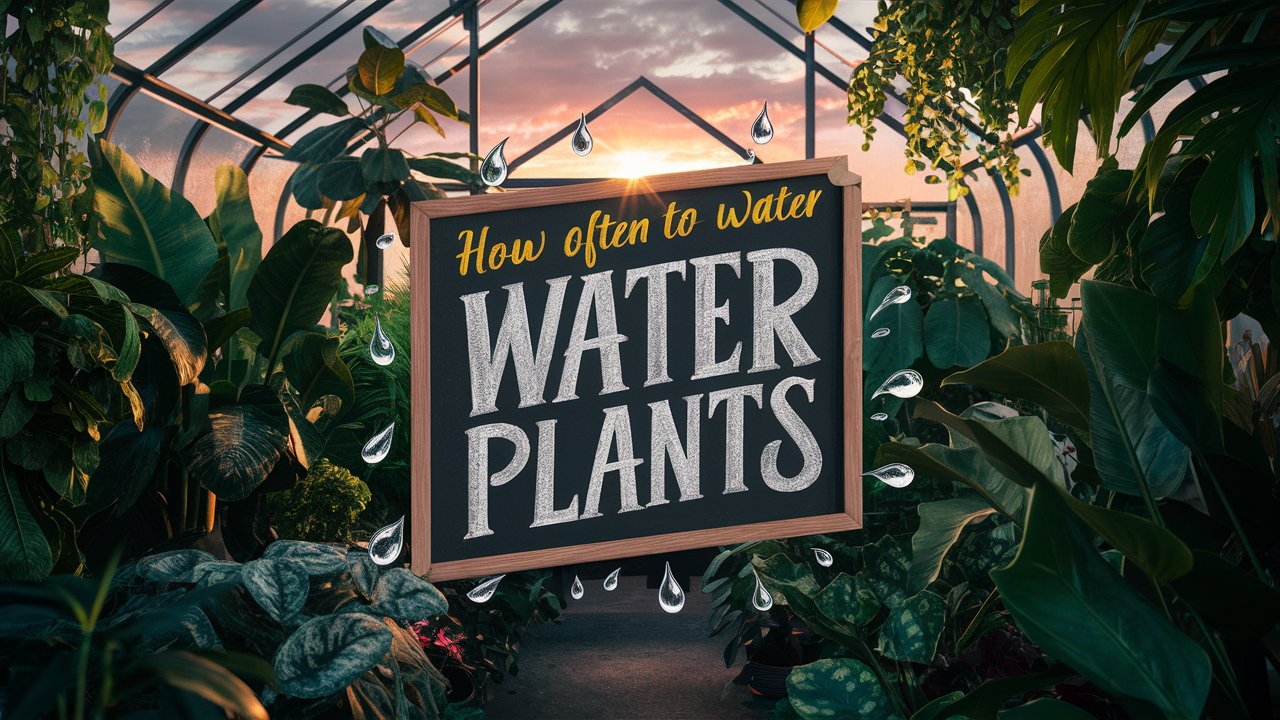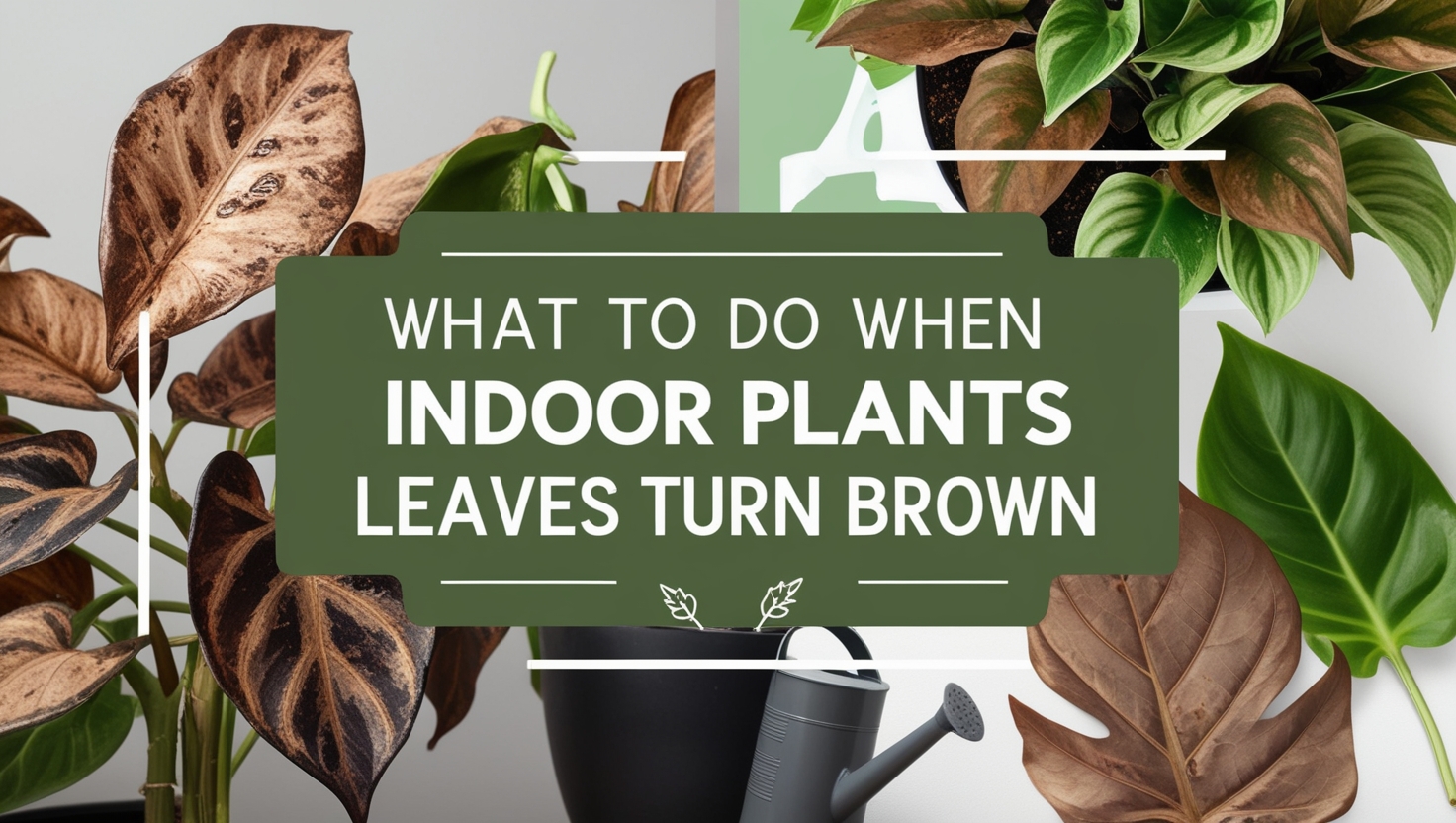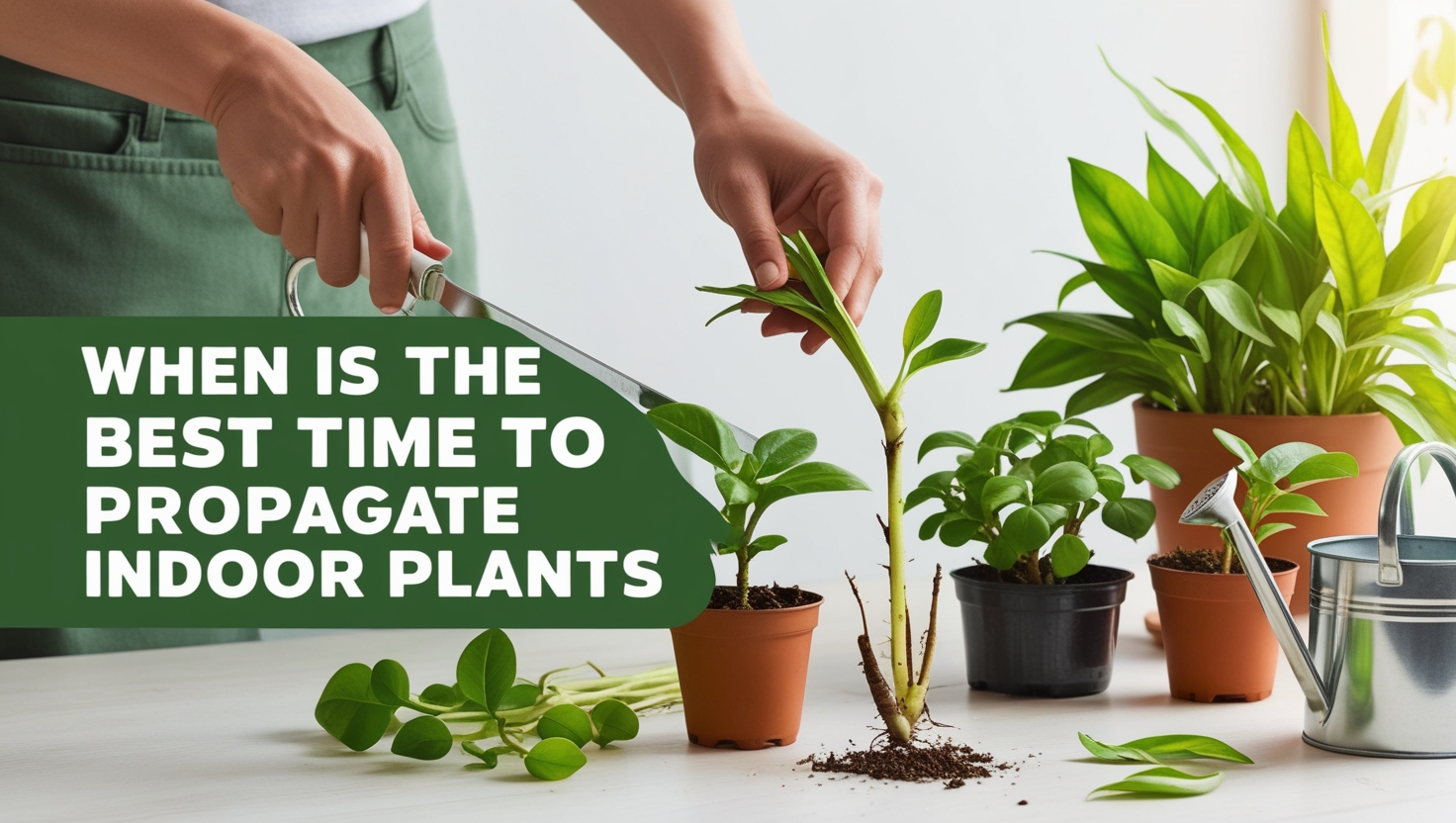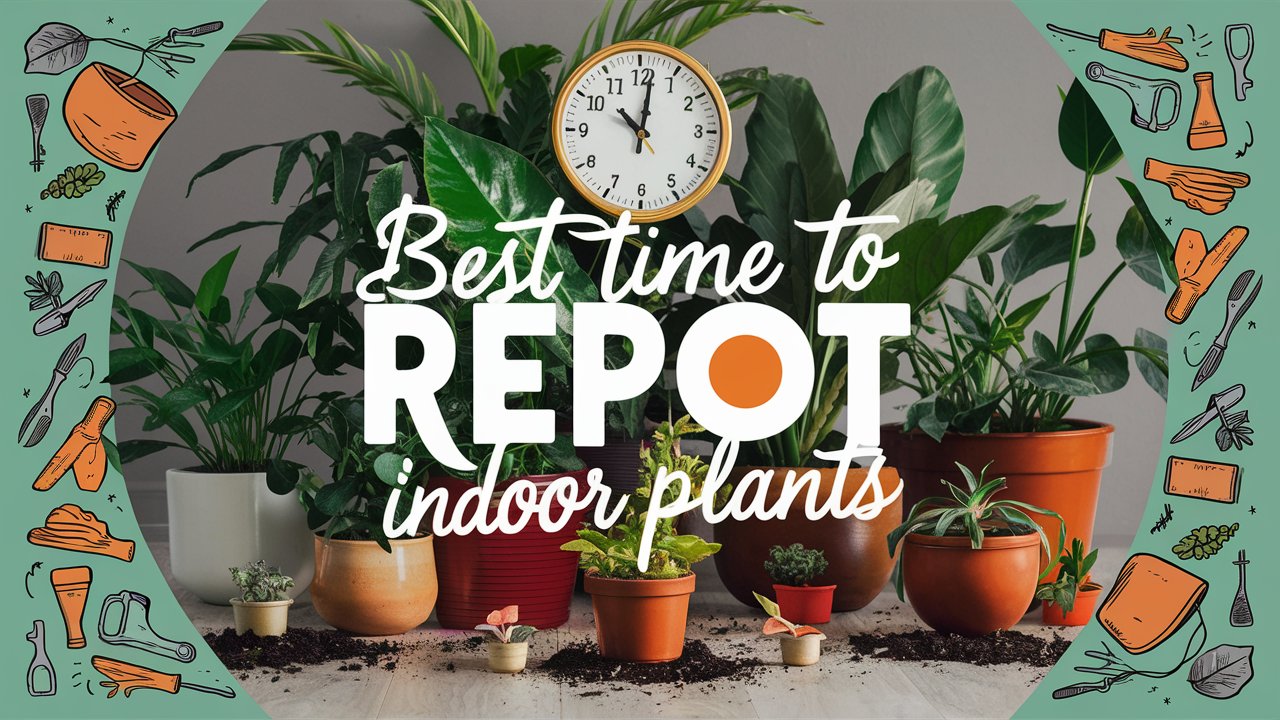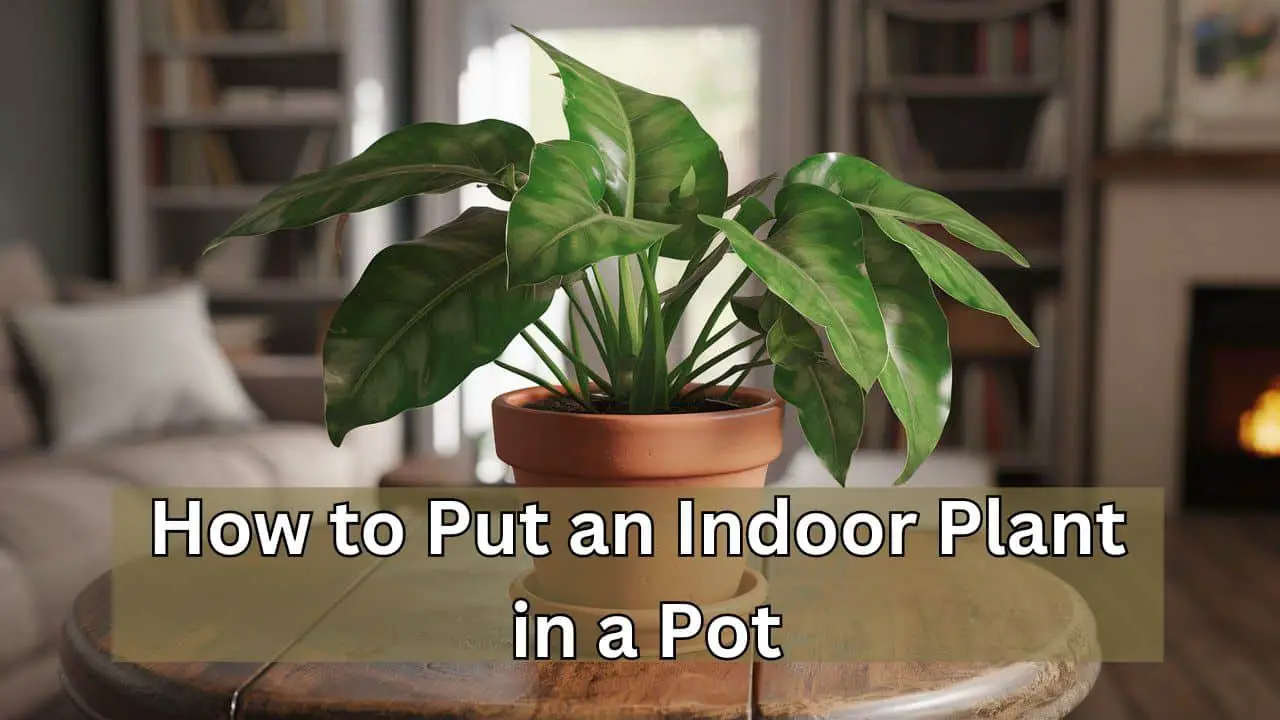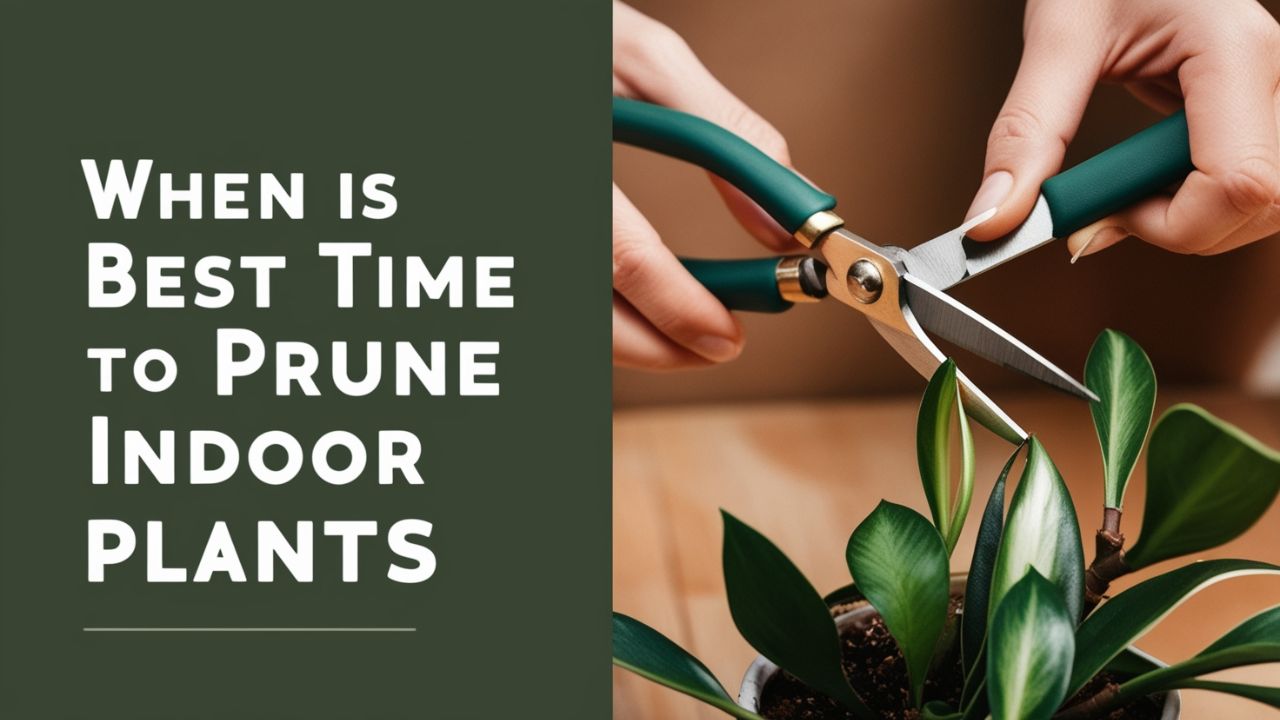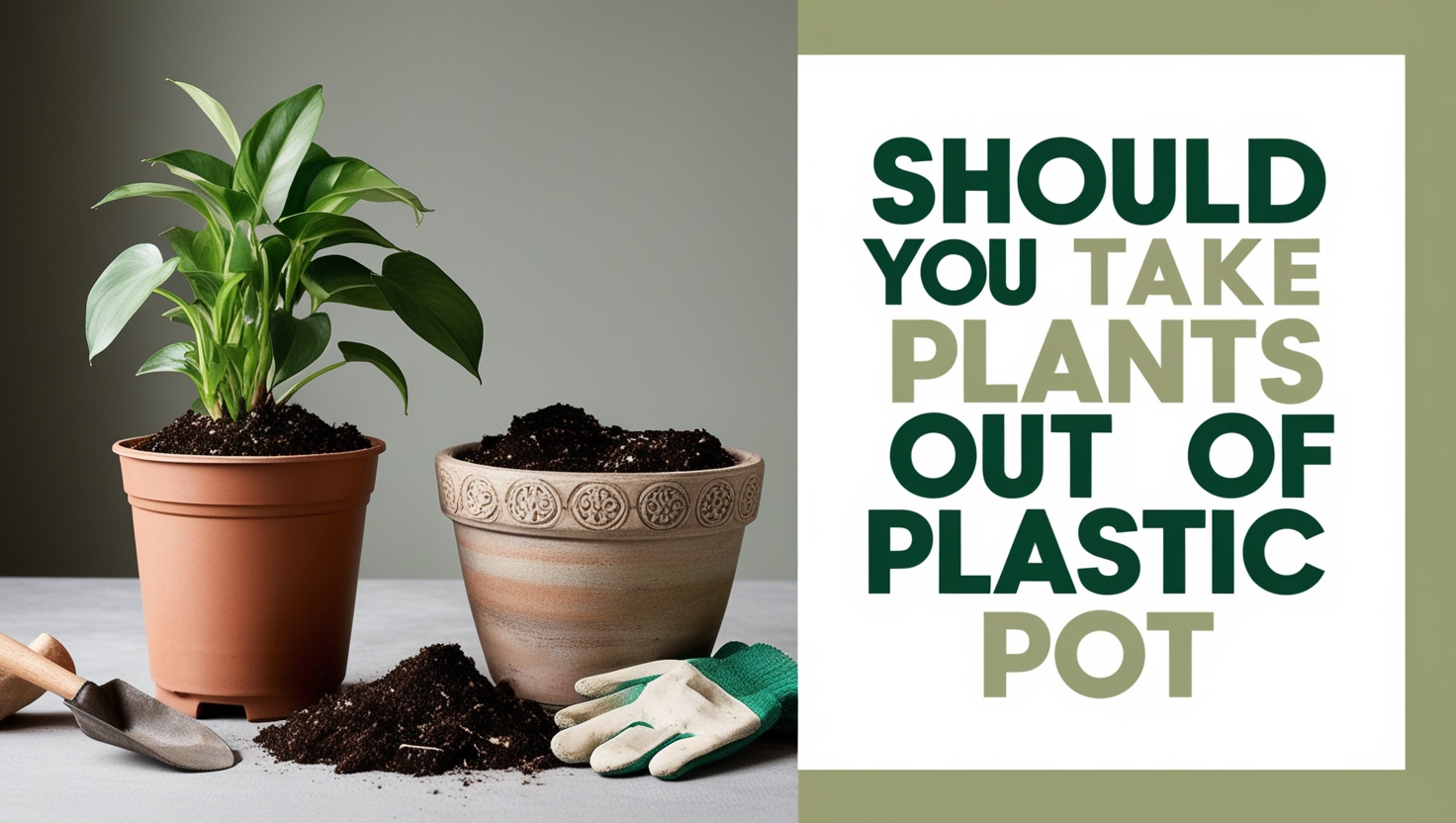Author: Raihan Saiful
-
How Often to Water Indoor Plants: Essential Tips
Indoor plants typically need to be watered once a week. The frequency can vary based on plant type and environment. Caring for indoor plants involves understanding their water needs. Each plant species has unique requirements. Factors like temperature, humidity, and light affect how often you should water them. Overwatering can lead to root rot, while…
Categories: Indoor Plants -
What to Do When Indoor Plants Leaves Turn Brown: Revive Tips
When indoor plant leaves turn brown, check for overwatering or underwatering. Ensure proper light, humidity, and nutrient levels. Indoor plants can enhance the aesthetics and air quality of your home. However, brown leaves can be a sign of distress. Identifying the cause early can save your plant. Overwatering or underwatering are common issues, as is…
Categories: Indoor Plants -
When is the Best Time to Propagate Indoor Plants: Unveil Secrets
The best time to propagate indoor plants is during the spring and early summer. During these periods, plants grow actively. Spring and early summer offer ideal conditions for propagating indoor plants. This time provides optimal light, temperature, and humidity, encouraging new growth. Most indoor plants enter a growth phase in spring, making it easier for…
Categories: Indoor Plants -
When is the Best Time to Repot Indoor Plants?: Essential Tips
The best time to repot indoor plants is during spring or early summer. This is when plants are actively growing. Repotting indoor plants ensures their health and growth. Over time, plants outgrow their containers, leading to root-bound conditions. This can stunt growth and affect overall plant health. By repotting in spring or early summer, you…
Categories: Indoor Plants -
Should You Water Indoor Plants from the Top Or Bottom? Best Tips!
Water indoor plants from the bottom for better root health. Top watering can cause soil compaction and mold growth. Indoor plants need proper watering techniques to thrive. Bottom watering allows roots to absorb moisture efficiently. This method prevents overwatering and encourages deep root growth. Top watering can lead to soil compaction, which hinders air circulation…
Categories: Indoor Plants -
How to Put an Indoor Plant in a Pot: Step-by-Step Guide
To put an indoor plant in a pot, first, choose the right pot size. Then, fill it with appropriate potting soil. Indoor plants can enhance your living space with beauty and fresh air. Choosing the right pot and soil is crucial for the plant’s health. Ensure the pot has drainage holes to prevent root rot.…
Categories: Indoor Plants -
When is the Best Time to Prune Indoor Plants: Essential Tips
The best time to prune indoor plants is during their active growth period, typically spring and summer. Avoid pruning in winter. Pruning indoor plants is crucial for maintaining their health and appearance. It encourages new growth, removes dead or diseased parts, and shapes the plant. Timing is essential to maximize the benefits of pruning. Pruning…
Categories: Indoor Plants -
Should You Take Indoor Plants Out of Plastic Pot: Best Practices
Yes, you should take indoor plants out of plastic pots for better growth. Plastic pots can restrict root development and cause poor drainage. Indoor plants thrive best in suitable containers that promote healthy root growth. Removing them from plastic pots can improve aeration and drainage, essential for plant health. Plastic pots often limit the roots,…
Categories: Indoor Plants -
What Kind of Indoor Plants Good for Health: Top Picks
Indoor plants like Snake Plant, Aloe Vera, and Spider Plant are good for health. They improve air quality and reduce stress. Indoor plants offer numerous health benefits. They purify the air by absorbing toxins and releasing oxygen. Studies show that indoor plants can reduce stress and improve mood. Plants like Snake Plant and Aloe Vera…
Categories: Indoor Plants -
Which Indoor Plants are Safe for Cats: Top Picks
Spider plants, Boston ferns, and Areca palms are safe for cats. Calathea and prayer plants are also non-toxic. Many cat owners love adding greenery to their homes but worry about their pets’ safety. Certain plants can be harmful if ingested by cats. Luckily, several indoor plants are both beautiful and safe for your feline friends.…
Categories: Indoor Plants

